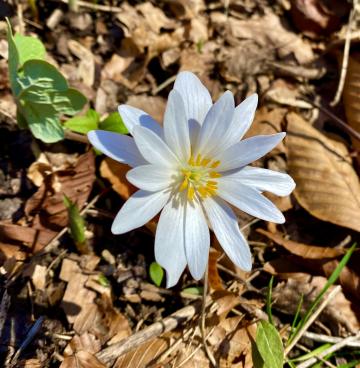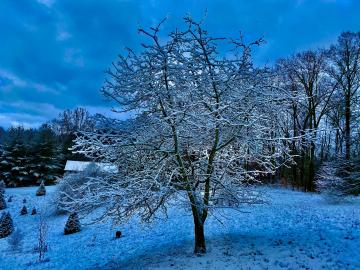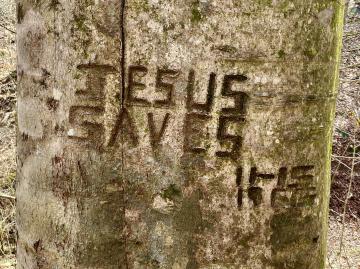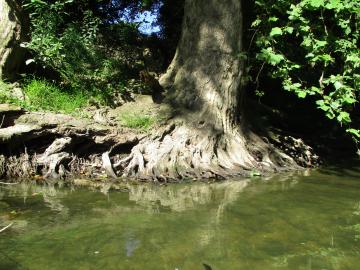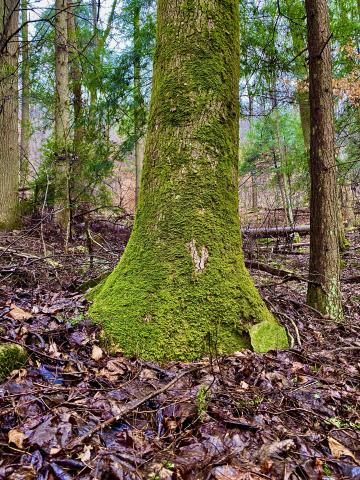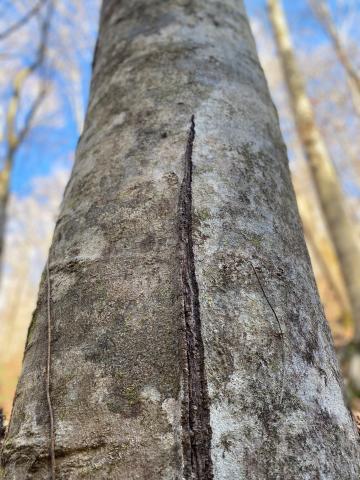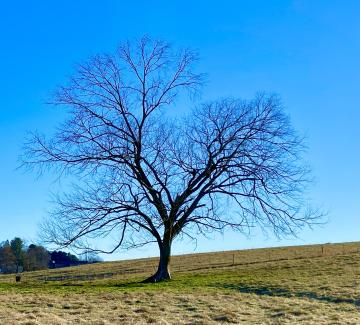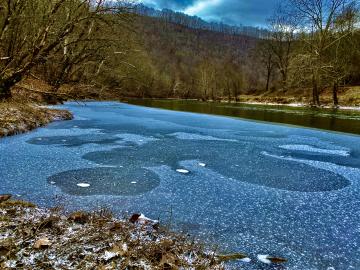Bloodroot, an Early Sign of Spring
By Steve Roark
Volunteer, Cumberland Gap National Historical Park
One sure sign of Spring and warmer weather is to take a walk in the woods and see the first wildflowers popping up. One of the earlier blooming flowers in our area is Bloodroot.
- Read more about Bloodroot, an Early Sign of Spring
- Log in to post comments
